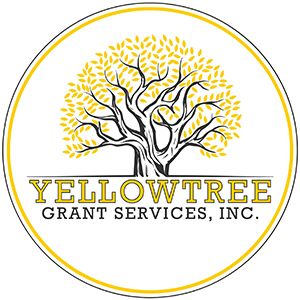Developing Risk Management Strategies
Government agencies, large foundations, corporate donors, and financial institutions often require non-profits to have a risk management strategy. This requirement ensures responsible fund utilization, protects investments, and highlights the organization's foresight and ability to effectively manage challenges.
A risk management strategy assists non-profits in identifying, evaluating, and mitigating potential risks that could impact their operations, programs, finances, reputation, and mission fulfillment. However, this task is often overlooked due to time and resource constraints, or the complexities involved in its development.
Here are some actionable steps to develop your strategy:
Risk Identification: Identify potential risks across all operational areas, including financial, programmatic, legal, regulatory, reputational, cybersecurity, and other relevant areas (e.g., uncertainties in lease renewals or space availability, major partnerships).
Risk Assessment: Prioritize and assess risks based on their likelihood, severity, and urgency. Evaluate their potential impact on mission fulfillment and program delivery.
Risk Mitigation and Controls: Develop strategies and controls for identified risks, including:
Financial controls (budgeting, financial reporting with Board oversight, internal audits, cash flow management)
Programmatic controls (monitoring systems, quality assurance processes, contingency plans)
Compliance controls (tax compliance, reporting, governance practices)
Cybersecurity measures (data protection policies, IT security protocols, staff training, backup systems)
Reputation management strategies (communication plans, crisis response protocols, stakeholder engagement, public relations).
Monitoring and Review: Regularly update risk mitigation strategies, especially in response to significant operational or programmatic changes.
Communication and Training: Communicate risk management policies, procedures, and responsibilities to all stakeholders. Provide orientation and training for staff, volunteers, and the Board.
Insurance: Ensure sufficient and up-to-date insurance coverage to address potential risks. Review policies with significant program changes or new risks.
Integrating risk management into annual planning is advised. Engage diverse stakeholders (staff, Board, key partners) to gain comprehensive and diverse insights.
Not only is developing a comprehensive risk management plan best practice in terms of organizational management, but it also demonstrates to funders that you've anticipated potential challenges and developed strategies to address them, making your organization a more appealing investment.
